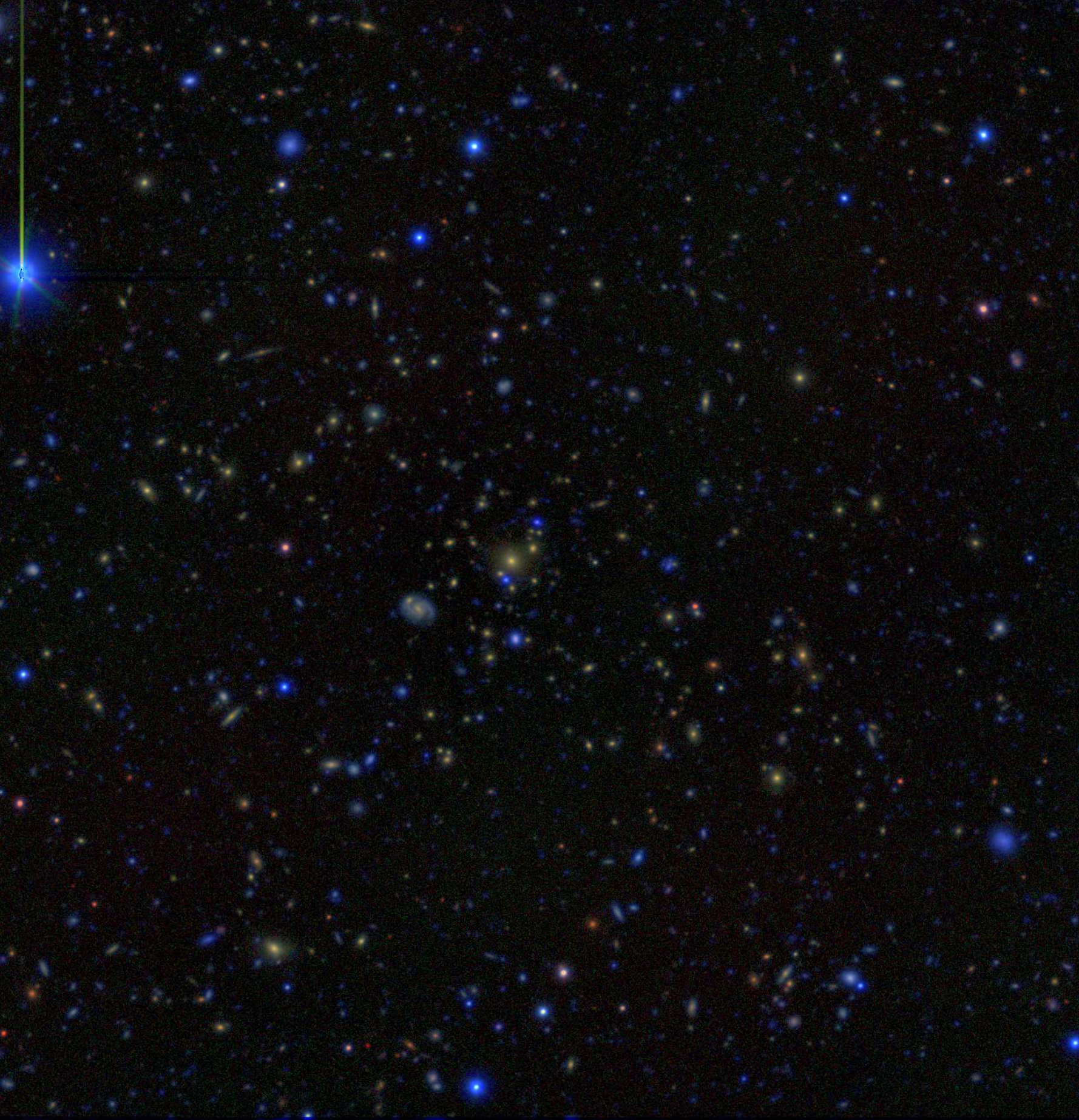
In recent years, a 5-sigma gap (dubbed the “Hubble tension”) has emerged between estimates of the Hubble constant H0 that are based on the Cosmic Microwave Background (at early times; Planck Collaboration 2020) versus late-time H0 measurements which are based on the local cosmic distance ladder. Recently improved measurements of Cepheid stars that underpin the distance ladder do not reveal any bias of the magnitude required to explain the Hubble tension.
An independent avenue to measuring H0 is offered by Sjur Refsdal's method, which is based on measuring time delays between multiple, strongly gravitationally lensed images of intrinsically variable sources. Such time delay measurements, using lens systems where background quasars are lensed by single galaxies have been made for about 40 lens systems over the past four decades. While most recent results tend to favour the local distance-ladder based value for H0, several recent works also indicate that the uncertainties may have been underestimated. A promising alternative, which largely avoid the most problematic systematic effects associated with galaxy-scale lenses, is using lens systems where the background source is a quasar or a supernova and the lens is a galaxy cluster rather than an individual galaxy. This talk will focus on recent discoveries of such systems and the current status and future prospects of using cluster lenses for H0 measurements with sufficient accuracy to distinguish between the CMB and distance ladder - based H0 values.
